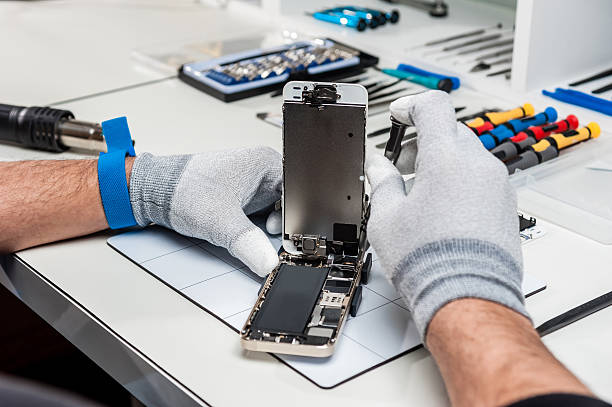
Consider giving your MacBook Pro a fresh start. Whether you’re experiencing performance issues, selling your device, or want a clean slate, resetting your Mac is a great option. This guide will walk you through the process for both newer and older MacBook Pro models, ensuring you have the latest information for 2024.
Step-by-Step Process to Factory Reset a MacBook Pro:
For a more detailed breakdown, here’s a step-by-step approach focusing on the standard reset method (without using Disk Utility):
- Back up your data. (We can’t stress this enough!)
- Turn off your MacBook Pro.
- Boot into Recovery Mode: Hold Command (⌘) + R while powering on your Mac.
- Open Reinstall macOS: From the macOS Utilities menu, choose “Reinstall macOS” (or “Reinstall OS X” on older models).
- Select the Disk: Choose the disk where your macOS is currently installed (usually named “Macintosh HD”).
- Agree to License Terms: Read and agree to the software license agreement.
- Create a New Administrator Account: Enter a new username and password for the administrator account you’ll use after the reset.
- Wait for Installation: The reinstallation process will begin.
- How to Factory Reset a MacBook Pro (Older Models)
If you have a very old MacBook Pro, the process might differ slightly. In this case, you might see “Reinstall OS X” instead of “Reinstall macros” during the Recovery Mode boot process. The core steps, however, remain similar: backup, boot into Recovery Mode, reinstall the OS, and set up a new administrator account. If you need clarification on your specific model, Apple Support has detailed resources for older Macs.
How to Reset SMC on MacBook Pro?
Sometimes, a sluggish MacBook Pro can benefit from an SMC (System Management Controller) reset. The SMC manages low-level functions like power and fan speed. Here’s how to reset it:
- To reset the SMC on your MacBook Pro ({Removable| Detachable} Battery):
- Shut down your MacBook Pro.
- Remove the battery. (Important Safety Note: Only attempt this if your model has a removable battery. If unsure, consult Apple’s support website for your specific model.)
- Hold down the Shift + Control + Option keys while also holding the power button for 5 seconds.
- Release all the keys and the power button.
- Put the battery back in and turn on your MacBook Pro.
To reset the SMC on your MacBook Pro models with a non-removable battery:
- Shut down your MacBook Pro.
- Hold down Shift + Control + Option on the left side of the built-in keyboard.
- Hold down Shift + Control + Option on the left side of the built-in keyboard.
- While holding those keys, press and hold the power button on the right side for 10 seconds.
- Let go of all the keys at the same time.
- Turn on your MacBook Pro as usual.
Important Points to Keep in Mind When Resetting the SMC:
- Resetting the SMC will not erase your data.
- You may need to reconfigure some settings like date, time, and trackpad preferences after an SMC reset.
You can also read: What to do when your MacBook Pro dies and won’t turn on?
FAQs
Press and hold the Power button for 10 seconds, then release it and press it again to see if your MacBook restarts.
- Check the power connection and try a different charger.
- Reset the SMC (System Management Controller).
- Boot into Safe Mode by holding Shift while turning it on.
- Try resetting NVRAM/PRAM.
A MacBook Pro may not turn on due to battery failure, faulty power adapter, software glitches, hardware issues, or logic board failure.
Your MacBook might not charge due to a faulty power adapter, damaged charging port, or a dead battery. Try using a different USB-C or MagSafe charger and check for debris in the port.
If none of the troubleshooting steps work, your MacBook may have a logic board, battery, or power-related issue that requires professional repair.
For expert MacBook repair services, visit an Apple-certified repair center or trusted local repair shops like Icustom Repair & Retail South Tampa, specializing in Mac battery replacement, power issues, and logic board repairs.
 ICONIER Digital Agency
ICONIER Digital Agency